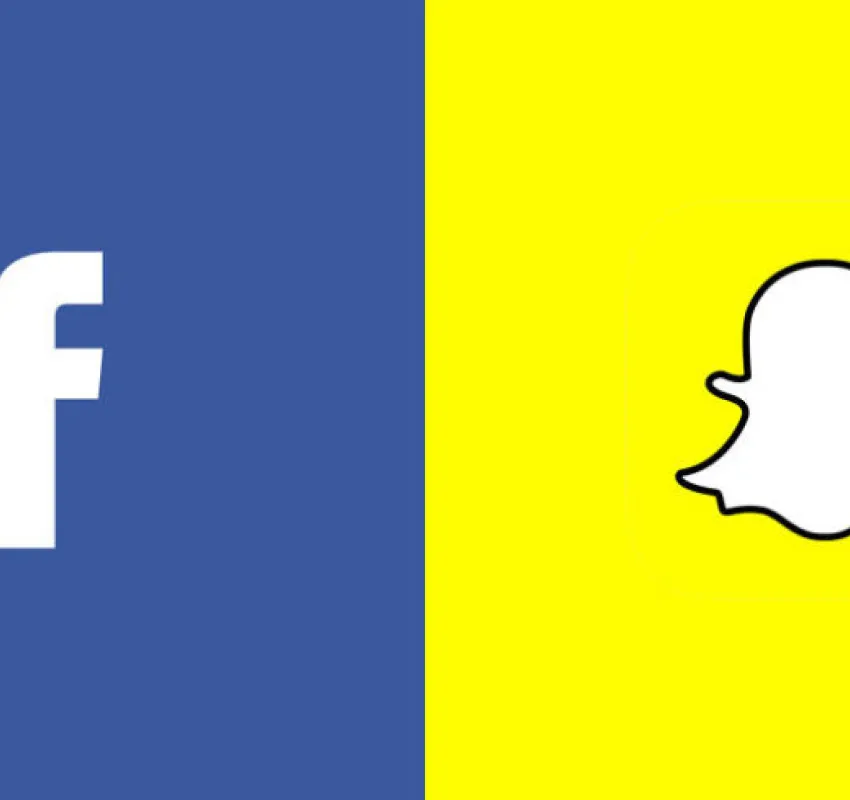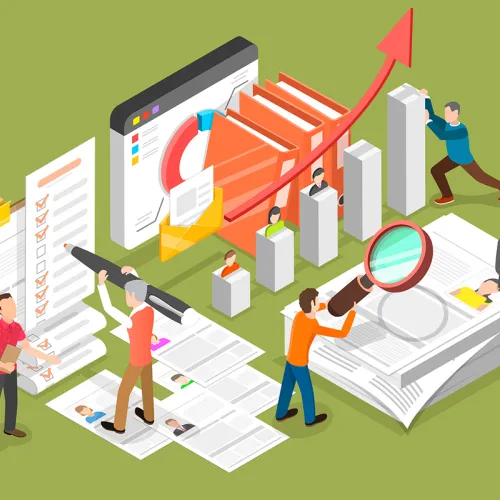Share
Technology users consume content from multiple devices on a daily, and the use of second screens is becoming more common on both personal and business levels. Second screen refers to the use of a second computing device while currently engaged with the initial or another.
Second screens are simple to use and highly suggested if you have a need for productivity and love for technology. They are used to;
- increase efficiency and productivity in the workplace
- improve workflow
- encourage less errors
- reduced stress
- simplify using multiple programs (eliminating the need to minimize or juggle screens)
- allow users to remain more connected and accessible to each other
Adding a second screen to your business or conference allows for audience engagement, as the second screen compliments first screen (‘distraction as entertainment’). Having a second screen acting for or within your business creates a ‘shared experience’ (ie: “social tv” enables fans to go deeper in the story world allow follow ups and calls to action), television plus mobile increases brand recall and boosts purchase intent.
Technology users have the tendency of using a device while watching television and even engaging more so while using that device. Second screen can be used as a second device to enhance viewing experience on or from another device. Since users are glued to their devices, why not have a second screen to transform a personal device into part of an event experience? Using a tablet or cell phone while watching television is common -we follow up online after seeing ad (to seek more information or find deals), check social media during breaks, so second screen can potentially turn listeners into active followers who then engage with other users.
|
Advantages of second screen(s) include |
Disadvantages of second screen(s) include |
|
|
|


